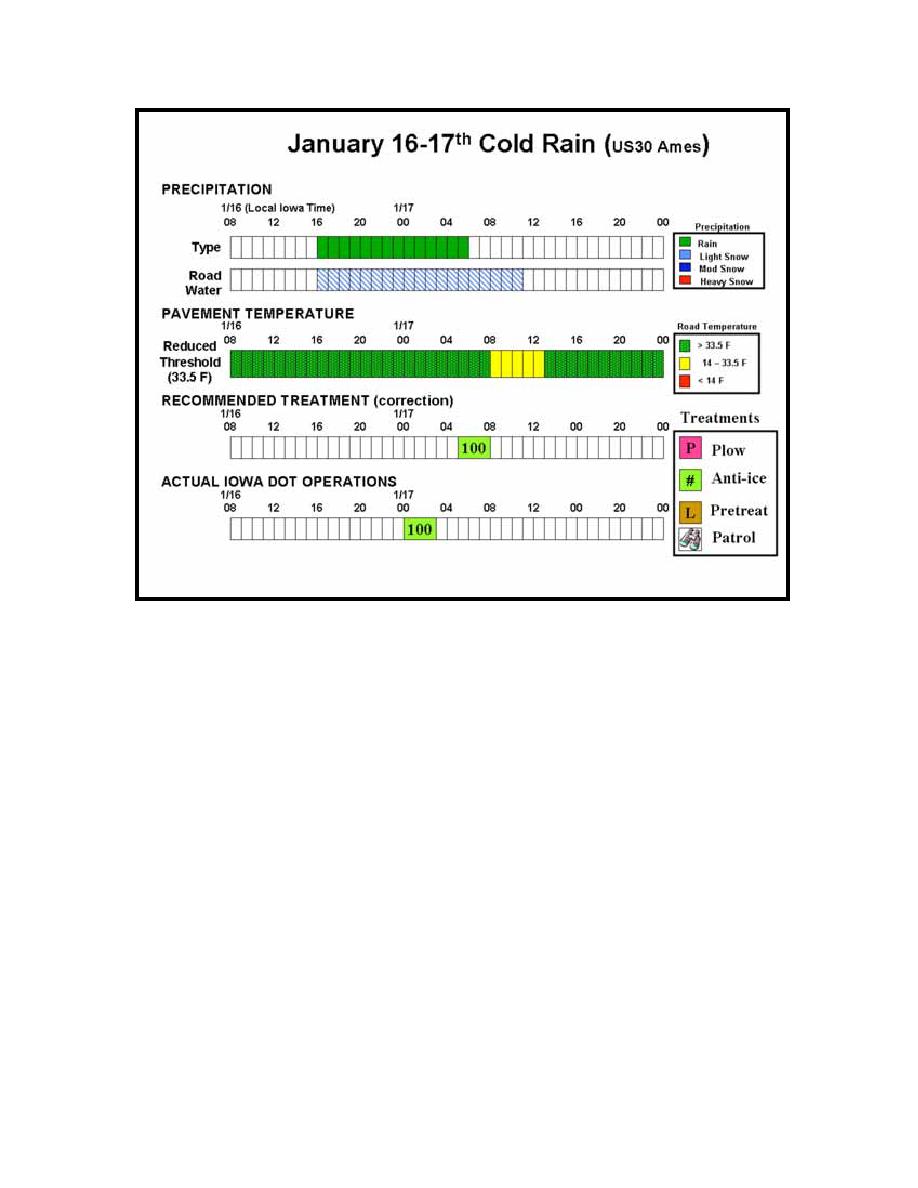
Fig. 11.27. Forecasted precipitation, road temperatures and recommended treatments
along with actual treatments for US30 Ames route on January 16-17.
11.3.5 Overall treatment verification summary and conclusions
Interviews with Ames and Des Moines garage supervisors indicated that there was a
general comfort level with the treatment recommendations this year that they did not
have last year. On several occasions, on less traveled routes, the DOT used the
recommended treatment strategy with little modification. Results in most cases were
satisfactory unless storm conditions varied greatly from the forecast. Unfortunately,
quantifying the verification of treatment strategies is a formidable task. Storm conditions
are often significantly different during a storm than originally forecast, and even seeming
minor changes in parameters like road temperature or dry road time can greatly impact
the optimal treatment strategy.
Once those factors are addressed, there is also the puzzling task of ascertaining whether
seemingly different treatment applications might yield the same ice-free road conditions.
It is onerous, but manageable, to determine if the selected Iowa DOT strategy did or did
not keep the roads at the desired level of service. But it is almost impossible to take an
unimplemented recommended treatment strategy and determine the exact road
conditions.
128



 Previous Page
Previous Page
